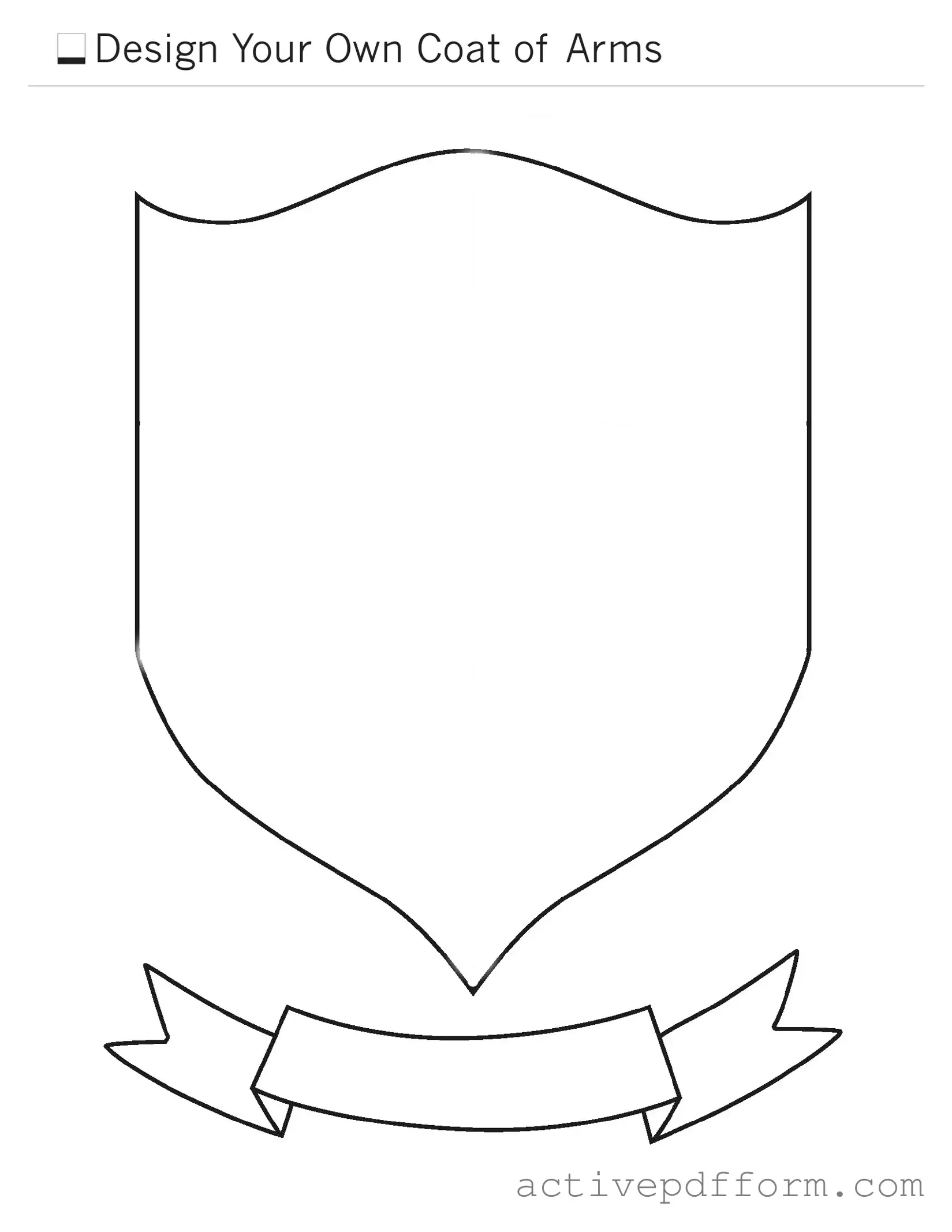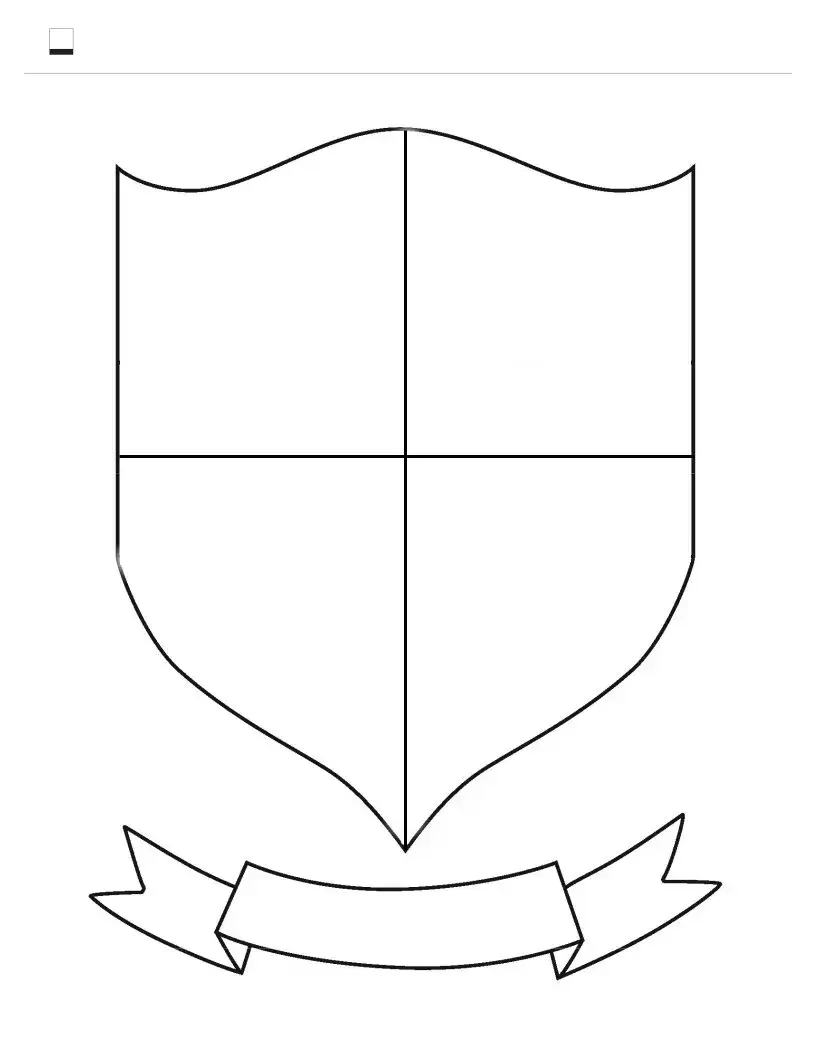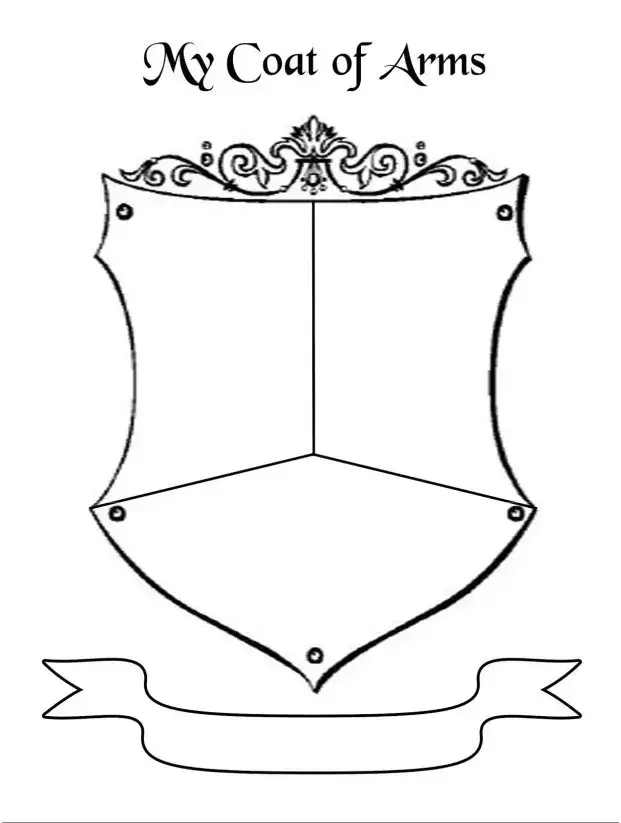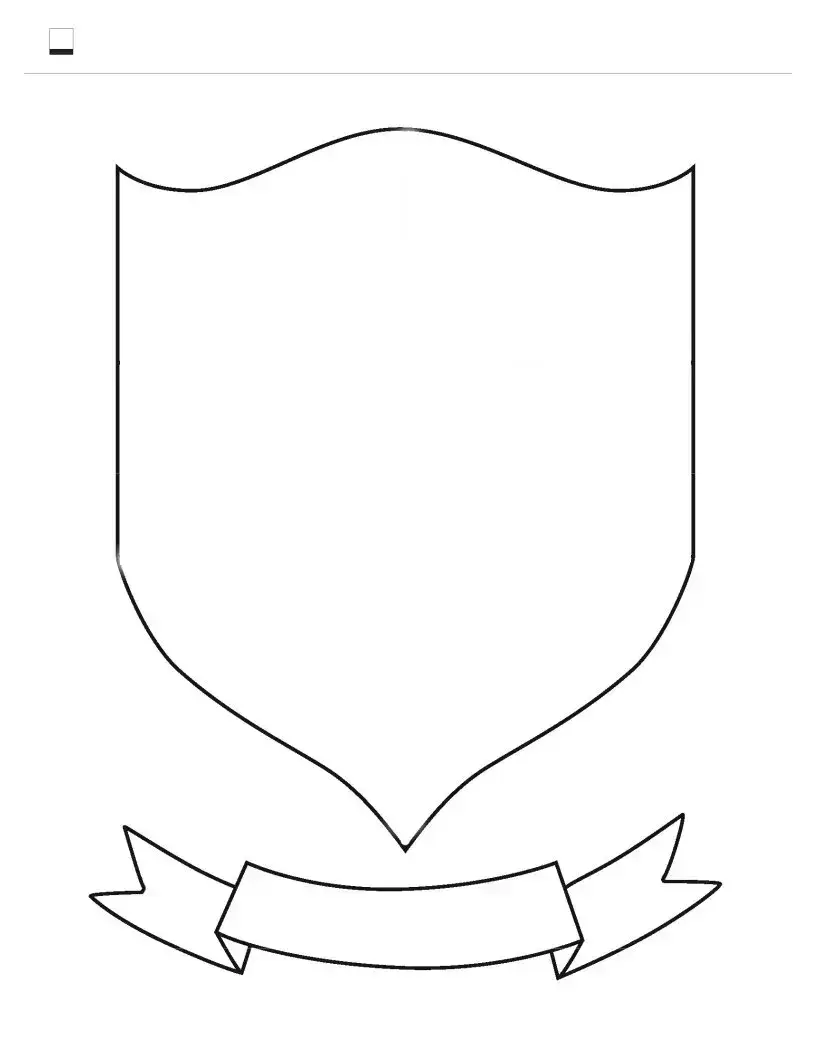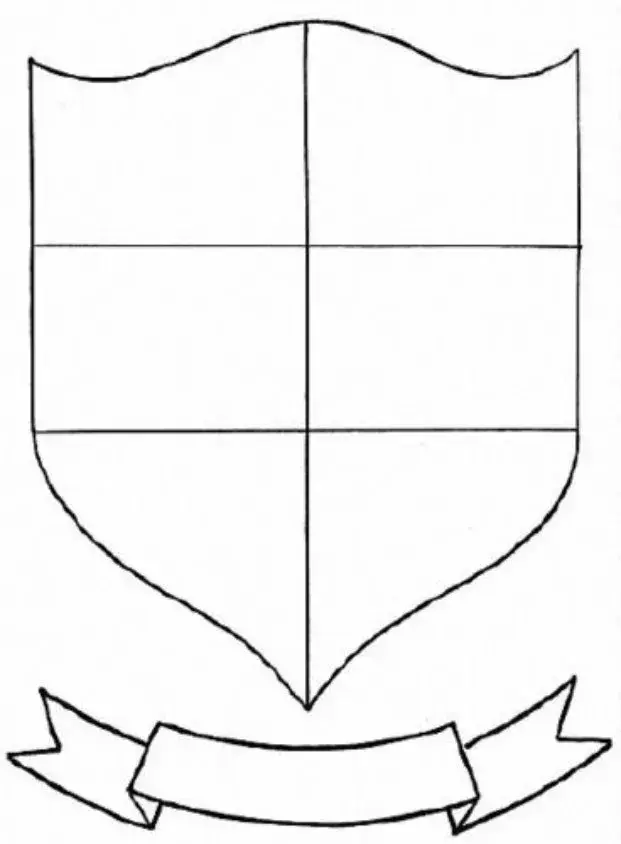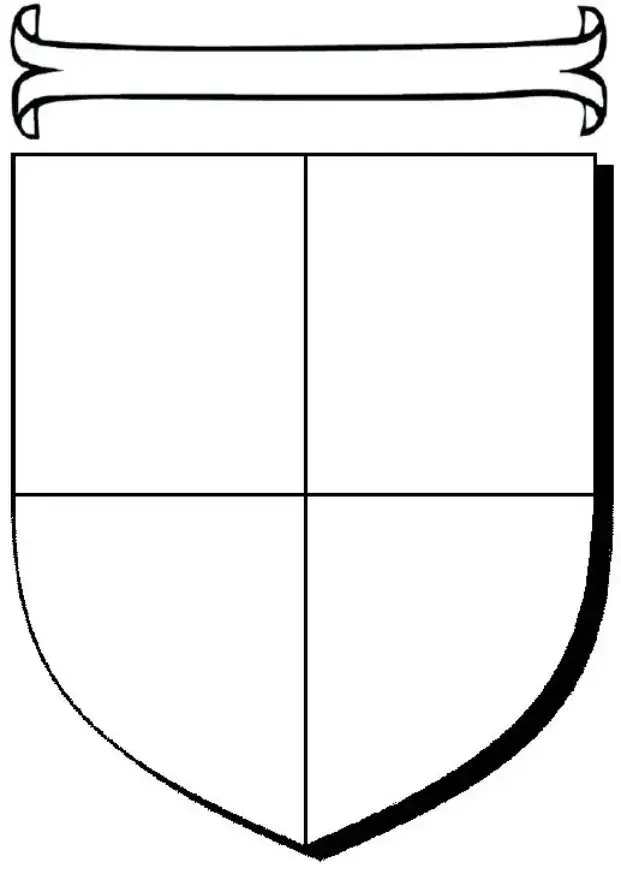What is the Coat Of Arms form?
The Coat Of Arms form is a document used to apply for a coat of arms or to register an existing one. This form typically requires detailed information about the applicant, the desired design elements, and any historical significance related to the coat of arms. Completing this form is a crucial step in the process of obtaining official recognition for your coat of arms.
Who can apply for a coat of arms?
Generally, anyone can apply for a coat of arms, but eligibility may depend on specific criteria set by the heraldic authority in your region. Applicants often include individuals, families, or organizations seeking to establish or register their own coat of arms. It’s important to check the guidelines of the relevant authority to ensure compliance with their requirements.
What information do I need to provide on the form?
You will need to provide personal details such as your name, address, and contact information. Additionally, the form will ask for a description of the coat of arms you wish to create or register. This may include colors, symbols, and any mottos or phrases you want to include. Be prepared to explain the significance of each element, as this helps in the review process.
How long does the process take?
The processing time for a coat of arms application can vary widely. Typically, it may take several weeks to a few months. Factors that can influence this timeline include the complexity of your design, the volume of applications being processed, and any required consultations with heraldic experts. It’s advisable to submit your application as early as possible to avoid delays.
What happens after I submit the form?
After submitting your Coat Of Arms form, the heraldic authority will review your application. They may reach out for additional information or clarification if needed. Once your application is approved, you will receive a certificate recognizing your coat of arms. This certificate is an important document, as it officially grants you the rights associated with the coat of arms.
